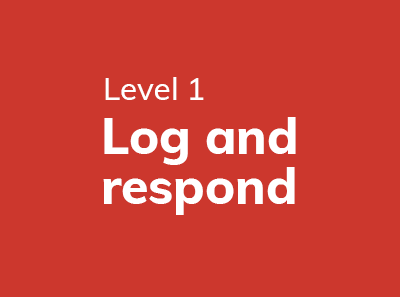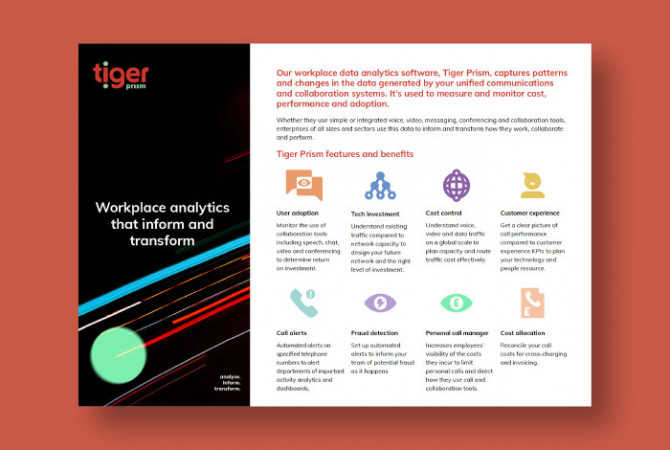Empowering NHS leaders to make critical decisions with workplace data
Data is everywhere – and the NHS holds a vast amount of it.
Access to real-time data supports busy healthcare sector managers who are working at pace and want to better understand current staffing levels, reasons behind patient waiting times and more.
That’s where our workplace data analytics software, Tiger Prism, comes in.
Providing NHS leaders with unified communications and collaboration (UC&C) data means they can unlock crucial detail – from phone call volume, length and quality, to when departments are at their busiest.
Helping NHS managers to identify patterns and respond swiftly, means they’re in a stronger position to decrease bottlenecks, deploy additional support services, measure cost, performance and tech adoption, and ultimately, deliver an all-round better patient experience.
What we’re hearing in the NHS

Increased demand
2021 has seen a 25% rise in call volumes, increasing the pressure on all NHS staff.

Patient complaints
18% of all Patient complaints to the NHS relate to communications, with limited visibility of quality, performance and other metrics to inform resourcing decisions.

Staff wellbeing
Per month 439,000 full time equivalent days lost and 28.3% of all sickness absence related to anxiety/stress.

Analytics gap
Rapid roll out of UC&C creating an analytics gap around adoption and cost management.
“…By providing timely, relevant and, most importantly, actionable data analytics, Tiger enables us to make informed technology and resource decisions to scope services effectively and realise efficiencies and cost savings.”
Head of Network Infrastructure and Telecoms, Blackpool Teaching Hospitals
Capacity and service analysis on a large-scale UC upgrade
Discover how one NHS Trust in the north of England embarked on a large-scale Unified Communications (UC) upgrade. Our Tiger Prism workplace analytics software was selected to understand UC traffic, capacity and adoption levels.
Key capabilities of Tiger Prism
User adoption
Monitor the use of collaboration tools including speech, chat, video and conferencing to determine return on investment.
Tech investment
Understand existing traffic compared to network capacity to design your future network and the right level of investment.
Cost control
Understand voice, video and data traffic on a global scale to plan capacity and route traffic cost effectively.
Patient experience
Get a clear picture of call performance compared to patient experience service levels to plan your technology and resource.
Cost allocation
Reconcile your call costs for cross-charging and invoicing.
Fraud detection
Set up automated alerts to inform your team of potential fraud as it happens.
Personal call manager
Increases employees’ visibility of the costs they incur to limit personal calls and direct how they use call and collaboration tools.
Call alerts
Automate alerts on specified telephone numbers to alert departments of important activity analytics and dashboards.
Maximising your use of Tiger Prism within the NHS: A comprehensive guide
Tiger Prism offers a wide range of powerful features designed to enhance your telephony reporting and analytics capabilities. This blog aims to address some of the most common questions from our NHS customers, providing guidance and practical tips to help you make the most of the Tiger Prism platform.
Let’s talk
Whether you have a question about our software or our business, we’d love to have a chat. Complete the form below and we’ll get back in touch as soon as possible.






